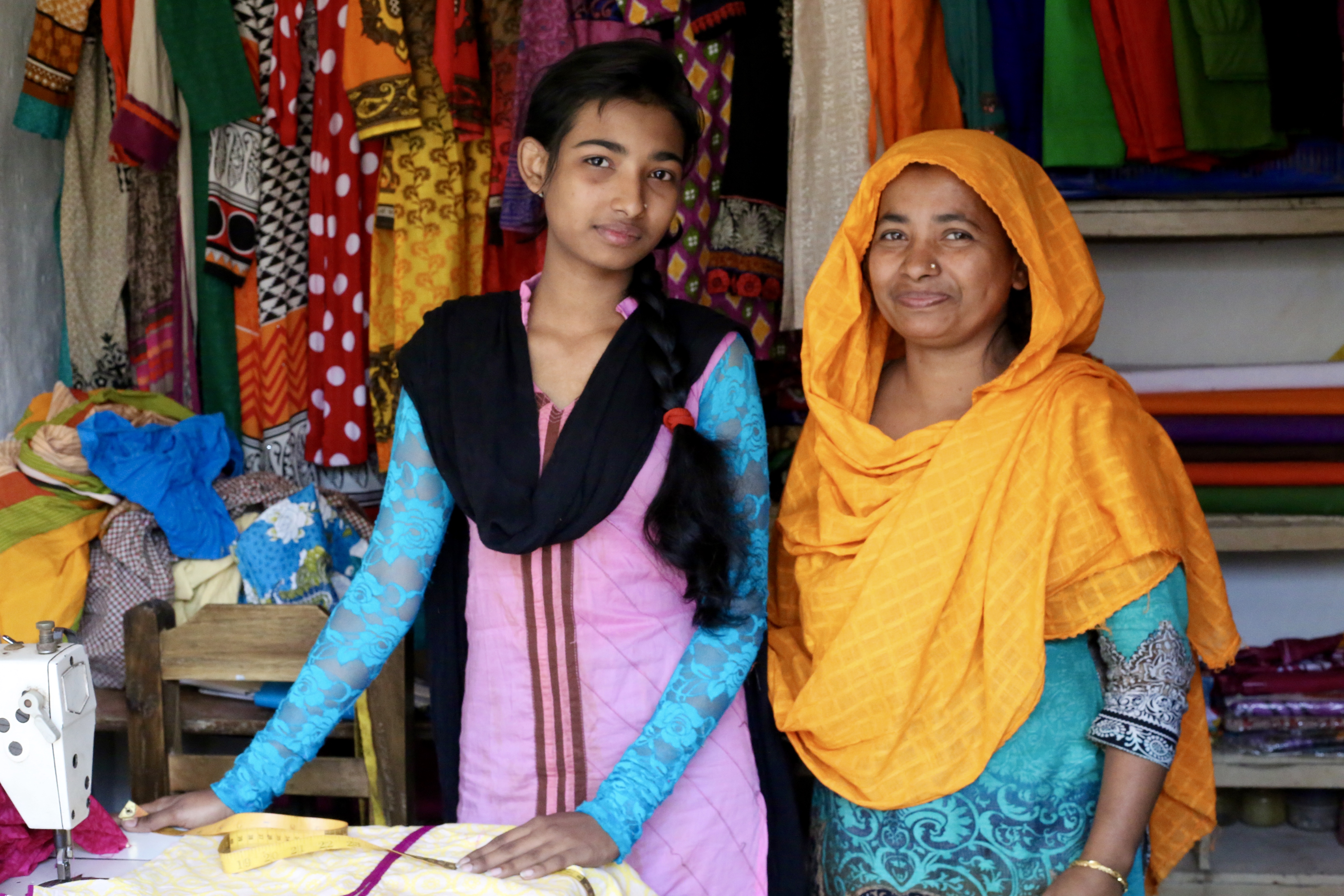DIB Working Group Report: Consultation Draft
- A draft (PDF) of the report of the DIB Working Group sets out proposals for Development Impact Bonds, and the Working Group’s emerging conclusions on how this approach could improve the quality and efficiency of public services in developing countries.
- The consultation period of the DIB Working Group draft report came to a close on July 17, 2013. The final report will be published this fall. We always welcome feedback on this new idea for financing development, by email to dib@cgdev.org, or post your comments here.
- A summary with recommendations is available here.
- A two-page briefing note (PDF) is available here.
On the eve of the Social Impact Investment summit in London this Thursday, 6th June, I am excited that CGD and Social Finance are releasing a consultation draft (PDF) of the report of the Working Group on Development Impact Bonds that we have convened over the past year.
Many of us working in development policy have attended dozens of meetings and conferences where participants applaud (even if some privately bemoan) the changing landscape of development finance. Traditional aid flows are now dwarfed by developing government revenues, private investment, remittances, and money from private foundations and new official donors. This is, of course, very good news, and these conferences invariably conclude with a call for “innovative” ways for these many diverse interests to work together. But as a senior donor agency official admitted to me the other day, “When we get back to the office we don’t know what to do.”
Development Impact Bonds are exciting because they help to answer that question. Done right, they are a platform for that collaboration, combining the distinct contributions of each stakeholder to improve the coverage and effectiveness of public services in developing countries and improving the efficiency with which precious aid resources are used.
In a Development Impact Bond, investors provide finance for social interventions in developing countries. The money is channelled to local public and private service providers. Once independently verified evidence shows that results have been achieved, the government and donors repay the investors their principal plus a financial return linked to performance.
Development Impact Bonds are an adaptation of Social Impact Bonds, a way of financing public services with promising experiments underway in America, Australia, Britain, Canada and Ireland. (CGD’s partner Social Finance, a non-profit company in London, pioneered the first Social Impact Bond in the UK, at Peterborough prison.)
The distinctive characteristic of Development Impact Bonds, relative to the Social Impact Bonds already underway, is that in countries whose governments cannot yet afford the full cost of additional public services, donors provide some or all of the repayment to investors when the results are proven.
The Working Group concludes that Development Impact Bonds are a potentially powerful instrument for development cooperation for a variety of reasons, set out in the report. These include:
- They are a mechanism to engage a coalition of investors, governments, NGOs and service delivery specialists in a way which plays to the strengths of each partner;
- They focus attention on the results achieved by public and private contributions, rather than inputs, activities and processes;
- The challenge is often to “deliver science” to people (vaccines, bednets, fertilizers) but there is no “science of delivery”. Every situation is complex and requires local knowledge, experimentation and adaptation, and often the integration of services from many different specialists. That flexibility is often impossible in aid programmes financed by government donors who are inevitably risk-averse;
- Governments and donors often find it hard to invest in interventions which cost money today, but bring about significant benefits (and perhaps savings) in the future;
- The private sector could make a bigger contribution to meeting social priorities in the developing world, but it is hard to engage business in a way which does not limit access for the very poorest people who have little capacity to pay;
- Some investors would like a “double bottom line” of a return on their investment and social impact; but there have been few investment opportunities of this kind in international development.
The Working Group’s report is now online for public consultation for the next six weeks. It sets out the circumstances in which Development Impact Bonds might work, including detailed case studies and a lot of practical advice about what is needed to get them off the ground.
Specific Development Impact Bond proposals which are in different stages of development and negotiation include reducing sleeping sickness in Uganda (Social Finance), providing education in Pakistan (Lion’s Head Global Partners), avoiding teen pregnancy in Colombia (Instiglio), investment in clean energy (the US Overseas Private Investment Corporation or OPIC), and fighting malaria in Mozambique (Dalberg). The consultation draft includes detailed recommendations for governments, foundations, investors, donors, service delivery organisations and ‘integrators’ who pull deals together, including a recommendation for a donor “outcomes fund” for the best Development Impact Bond proposals.
I and many other members of the Working Group are sceptical by instinct, preferring to see ideas tested and evidence gathered before reaching conclusions. None of us believe in magic bullets which will solve all development problems. We are a tough crowd to please. But the more the Working Group considered the opportunities offered by Development Impact Bonds and the pilots being developed, the more enthusiastic we became about the possibilities that they offer.
We know that it will not be straightforward to get the first deals done, and it is important that they are done well. The approach is already demonstrating its worth in developed countries; we believe that if and when this approach becomes a normal part of the development toolkit, it will also unlock huge benefits for services for people in the developing world.
Intrigued by this idea? Hate it? Either way, the Working Group wants your views and will take them into consideration for its final report. We are especially interested in answers to these questions:
- Which part of this idea seems weakest and most prone to failure?
- What parts of the report are vague and confusing, or otherwise leave you scratching your head?
- Are there potential applications of this idea that we failed to mention?
Please share your ideas in the comments field below or by email to dib@cgdev.org.
Disclaimer
CGD blog posts reflect the views of the authors, drawing on prior research and experience in their areas of expertise. CGD is a nonpartisan, independent organization and does not take institutional positions.




